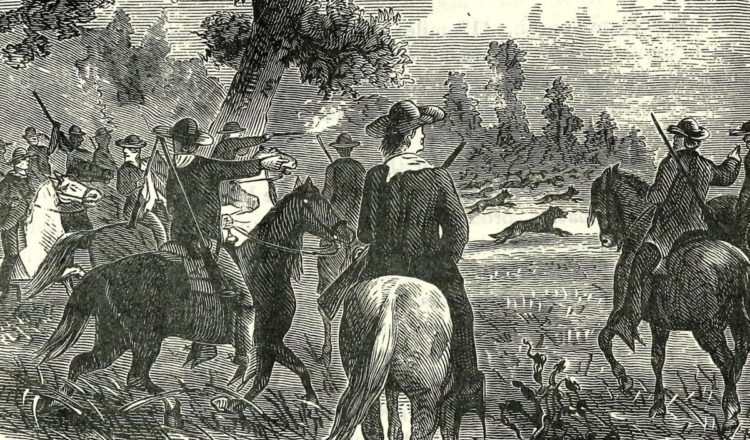From the Editor, 7/30/21
When you read about the days of the first “white” settlers in Allegany County, some amazing details emerge about life in the early 1800’s, just after the United States of America was born from revolution. As the “13 Colonies,” became a nation and expanded, places like Alma and Black Creek were formed and financed with equal ingenuity.
Vast tracks of land previously controlled by the King of England became spoils of war. The new unsettled territory was controlled by the early ultra-rich and then the first banks, some funded by the Germans, Dutch, and French. Those land barons divided up the land and sold it using land agents who did so in retail fashion. A young family in Baltimore, Philadelphia, or New York City could walk into a land agents office and purchase a five, ten, or even a thousand acre lot in some distant great-north woods.
The purchase provided the buyer with the basic coordinates of the property with some general direction on how to travel and access the land. Families often traveled for days, even weeks, on crude roads just to find that, “cornerstone, set under the elm tree, five hundred paces from the road edge just after the Shongo toll.” Yes, even back then, local communities used road tolls to finance construction and improvement of roads.
Once that cornerstone was located the grueling work of settling in Allegany County began. Most of the time settlers found the land already stripped of any valuable timber with quite a mess to clean up. Regardless, the lot for a home had to be cleared and money earned to pay for construction. Because of wild animals and the native population, homes demanded large lots be cleared to provide security, space for food plots, and often outdoor ovens. This process of lot clearing provided the earliest opportunities to literally, “live off the land.”
After the journey to find the lot, then clear it for a home, most new homesteaders had no money, but did have a giant heap of stumps, roots, branches, and scrub trees. The early Allegany County settler knew that ‘black salts,’ were a way to earn cash and got to work burning the remains of the cleared lot. As they burned the heap down, they carefully saved the ash left behind and fashioned a modest manufacturing system to turn that ash pile into cash. The first step was to shovel the ashes into a large barrel that had drainage holes at the bottom. Into that barrel water was poured over the ashes in order to leach out the potassium based salts. Once strained sufficiently, that water was boiled down until all water was evaporated. The residues from that process are known as black salts, and could be sold to the ashery. One well known ashery was owned by John Middaugh of Scio, located on the current Middaugh Hill Road. This was not a lucrative business, but one of earning basic means to live. Read more about “Black Salts.”
In the process of clearing a lot for a home, settlers usually had to deal with something the current residents can only imagine, wolves. Tales of massive loss of livestock, terrorized homesteads, and the ever present fear of wolf attacks created yet another economic opportunity. Even before Allegany County was formally established, New York State offered a bounty on wolves of $10, a handsome payday considering the average daily wage was $1. As towns grew and emerged, local governments added an additional bounty on wolves making the hunt quite lucrative. Many a young settler spent his free time hunting wolves with the firm belief he was protecting his family and making big money. By the mid 1800’s wolves were a scarce site in Allegany County. Legends tell that the last small pack of wolves were found and killed in the caves on top of Alma Hill. More on the effort to eradicate wolves in early America.
Being a time prior to our current butters and botanical cooking oils, fat was worth its weight in gold, especially bear fat. Prior to the settlement of Allegany County our ecosystem not only hosted the mighty wolf, but the even mightier brown bear, aka Grizzly bear. The smaller and less populated black bear was of little interest compared to the massive brown bears, well fed by the pristine river valley. While the bear meat was an important source of protein, the bear fat was the real prize. As history recalls, the earliest settlers were taught by the native population how to find these brown bear dens and wait for them to engorge themselves for the winter sleep. Settlers would harvest the bear just as winter arrived and maximize the profit on the kill. One large bear was able to provide enough oil to finance the homesteads winter provisions and even pay off looming land debts.
Settling the new America was not for the faint or meek or infirmed. The adventure required grit, innovation, and courage. Those who came to this river valley seeking a new life certainly had to earn it.
Inspiration and information on this subject comes largely from “The Wellsville Story,” by Hazel M. Shear.







